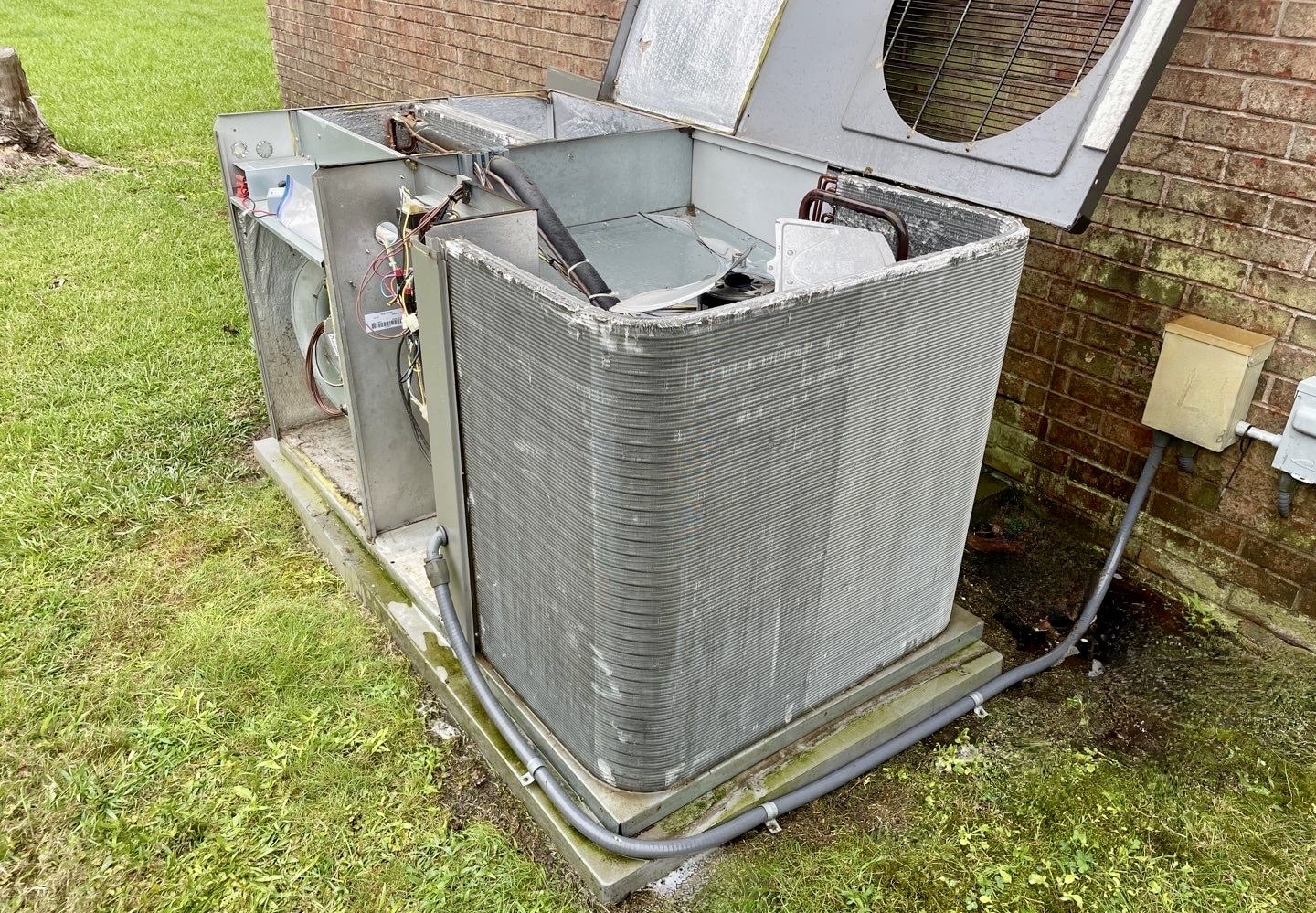
Two coil types incorporated in your central air conditioner work together to maintain comfortable temperatures inside your home. An air conditioner is actually a heat mover, extracting heat from inside the house and dispersing it into the air outside. The coils do the heavy lifting of moving indoor heat outdoors.
The two coil types are the evaporator coil and the condenser coil. These coil types continuously circulate refrigerant between the indoor and outdoor central air-conditioner components. Here’s where and how each coil functions in the system:
- Evaporator coil. Mounted inside the indoor air handler, the evaporator coil is the component that removes heat from the house. The flow of frigid refrigerant through the evaporator is around 40 degrees. As warm indoor air is drawn through passages in the evaporator coil, the cold refrigerant absorbs the heat. The refrigerant then flows to the outdoor AC unit.
- Condenser coil. Pressurized by the system compressor, the flow of refrigerant enters the outdoor condenser coil. As pressure drops rapidly, the refrigerant releases its heat load. A fan blowing through the condenser coil disperses the heat into outdoor air. The refrigerant flow returns to the indoor evaporator coil, where it converts back to a frigid gas and absorbs more heat.
Coils are often the prime suspect when certain AC issues arise. Here’s a general rundown of what may be going on.
- A dirty, obstructed coil reduces efficiency and raises operating costs as the system runs longer cycles. A clogged system air filter or issues such as mold growth in coil passageways may affect the performance of the indoor evaporator coil. In the condenser coil, dust, dirt, and other outdoor debris impairs efficient heat dispersal.
- Coil icing. Ice formation on the indoor evaporator coil can strangle system airflow. Coil icing is never normal and requires diagnosis by an HVAC professional.
- Refrigerant leakage. Leaks in AC coils reduce cooling efficiency and may trigger automatic system shutdown. Technology utilized by a qualified HVAC technician can pinpoint leaks, followed by repair and restoration of the proper refrigerant level.
For more information about the different coil types, as well as qualified professional service when they need it, contact Jackson & Sons.